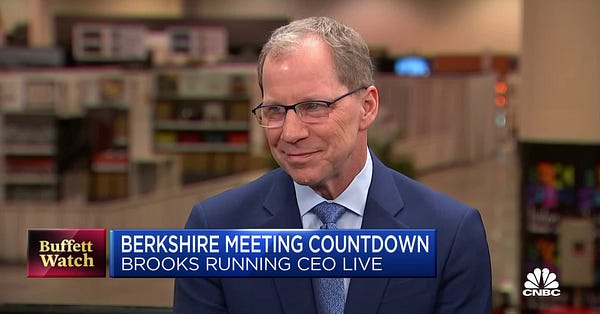How the Running Exec Broke Free
So often when we take over new organizations, teams or departments, we rubberneck at our competitors.
The company was floundering — and Jim Weber desperately needed fresh ideas.
But instead of compiling hundreds of pages with new proposals, concepts and projections, Weber, the Brooks Running CEO, condensed his strategy to a single page for his employees.


“It was running, running, running, That’s what was different,” he recently said on The Learning Leader podcast with Ryan Hawk. “We weren’t going to build any products that weren’t runnable. Maybe you’re never going to run 10 miles or 26.2 miles, but if you do, you can trust this product.”
In just a few years, Brooks went from a company facing a major cash crisis to arguably the premiere brand in the sport — and Weber’s strategies have some relevance to our own leadership worlds.
So often when we take over new organizations, teams or departments, we rubberneck at our competitors. We find cultural elements and concepts that we admire, then we try to force these upon our own team members.
What works for them should work for us, we reason.
Weber never viewed Brooks this way. He largely disregarded what Nike and Adidas were doing and instead focused exclusively on earning trust with a loyal base of customers.
“The riskiest strategy a CEO can craft is one that looks like their major competitors because then you’re just in a dogfight,” he told Hawk. “You never get credit in front of the customer for that innovation.”
“If all you do is chase trends, you’re spinning in a circle, and you’re never going to create any real value for your investor.”
Weber eliminated 50 percent of Brooks’ product line and 40 percent of its retail partnerships —utilizing three strategies in particular to elevate the Seattle-based company to previously-unimaginable heights:
He created a distinctive point of view for Brooks aimed at earning trust with the most devoted runners
He created focus and a specific roadmap for Brooks itself with the mission statement: “Inspire everyone to run their path”
He emphasized execution and excellence in everything Brooks did
The vision and culture he established earned the admiration of Warren Buffett, leading Brooks to become a subsidiary of the famed Berkshire Hathaway.
Brooks totaled over $1 billion in global revenue in 2021 and is currently in 60 countries.
The lesson here isn’t always “stay the course” or “patience is a virtue.”
It’s that sometimes the best way to break away from the pack is to not even look at the other runners.







